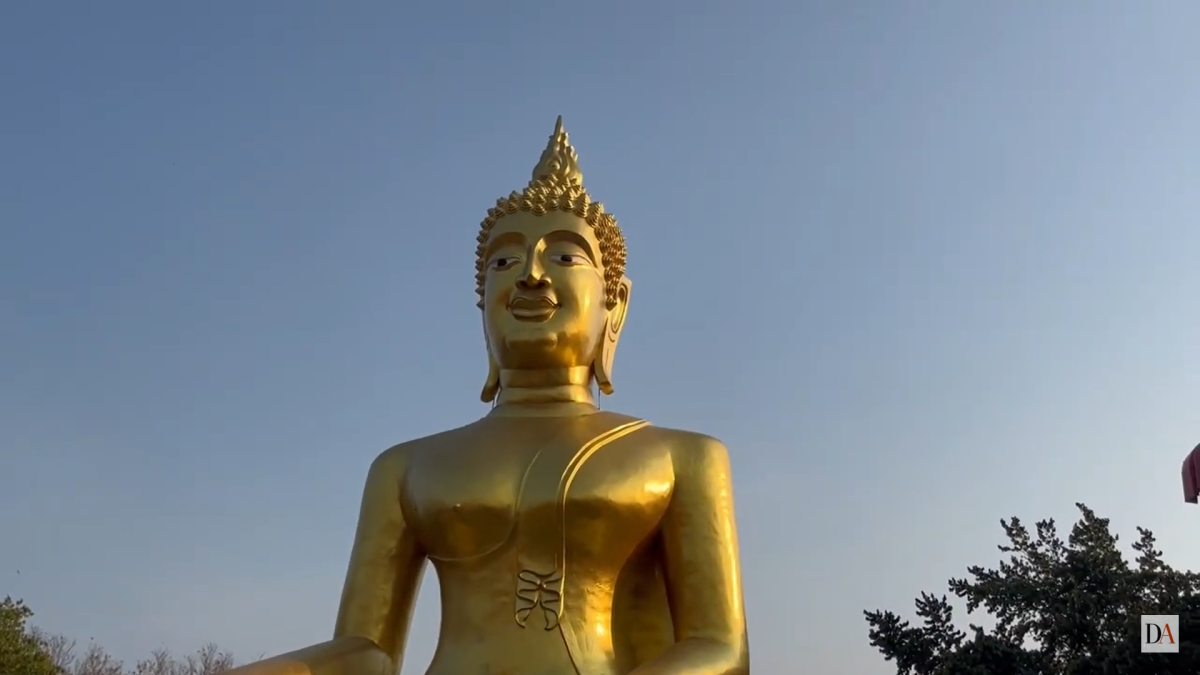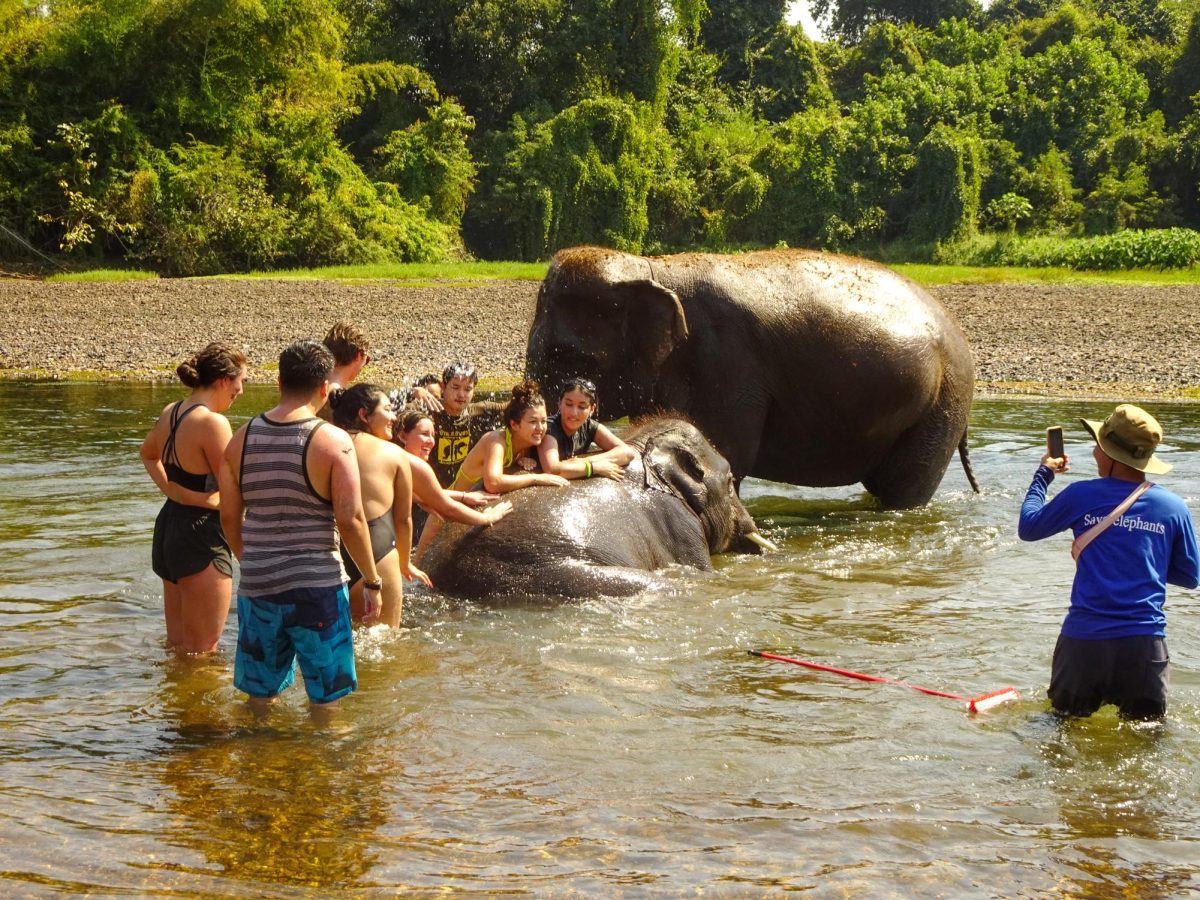 Cases of skin cancer have increased by 20 percent since 1945, eversince the hole in the ozone layer was discovered.
Cases of skin cancer have increased by 20 percent since 1945, eversince the hole in the ozone layer was discovered.
Obscure facts about the environment like this were given to anaudience of more than 200, when renowned scientist and ecologistPeter Raven appeared in Montezuma Hall last Friday. He presented alecture on environmental issues titled “The Living World: Key toSustainability.”
Raven, who has been described by Time magazine as a “Hero for thePlanet,” addressed such issues as the importance of preservingplants, conserving water, depletion of the ozone layer, the world’srapidly-disappearing species, high gas prices and the importance ofpolitical action.
“My goal in speaking to a younger audience, like at SDSU, is thesame goal I have in speaking to any group,” Raven said. “To promoteawareness and sustain and obtain a good environment.”
He said that although there is a good level of concern amongcollege students toward the environment, colleges don’t do a good jobat telling students how they can help.
Raven’s list of titles and achievements within his field is long.He is a member of President Bill Clinton’s Committee of Advisors onScience and Technology, and chairman of the National GeographicSociety’s Committee for Research and Exploration
In his lecture Raven emphasized that plants, which are rapidlydisappearing because of depleting rain forests, are far moreimportant than most people know.
“We get all of our food from plants, directly or indirectly,” hesaid. “And for three-fourths of the world, medicine comes fromplants. Even Aspirin came from the discovery that chewing on the barkof willows would cure a headache.”
English junior Jim Ricker said he learned a lot of facts atRaven’s lecture.
“I was surprised (to find out) the depth of the use of the world’sresources as compared to the world’s population,” Ricker said.
Not only did Raven present statistics, but also suggestedsolutions on environmental issues.
“Americans need to be more active in the political process,” hesaid “People have the idea in their heads that politicians don’tlisten. But three letters on an issue will make them pay attention towhat they haven’t before.”
He said people have no one to blame but themselves and no one tolook to but themselves to improve the environment.
Terri Weiner, chairwoman for the Desert Protective Council, Inc.,said she was inspired by Raven’s positive outlook.
“He gave us some wonderful solutions,” she said. “Usually you gethit with so much bad information at presentations like this, and itcan get depressing. But now when people leave here today they areenergized instead of depressed.”
Geography graduate student Jonathan Snapp-Cook said it wasencouraging to see that so many people, a good mix of faculty andstudents, attended the lecture.
“I hope students will talk to one another in class about what theylearned here,” Snapp-Cook said. “I think the problem isn’t thatstudents at SDSU are apathetic toward the environment, they just needto be inspired.”
Jim Peugh, the coastal and wetlands conservation chairman for theSan Diego Audubon Society, said with the amount that is known aboutthe issues, he is surprised college-aged adults don’t do more.
“We really need a big system solution,” Peugh said. “And Raven putall of the important information together in such an articulateframework.”
Peugh said what took him 15 years to understand, Raven phrasedtogether in an hour.
“Raven is one of the most important biologists alive, period,”said Darren Burton, biology graduate student.
Raven was brought to campus through the efforts of the SDSU FieldStation Program, which provides students opportunities to study inCalifornia ecosystems. He is the first speaker this year in the “TheJordan Dale Covin Memorial Lecture Series” which will bring differentscientists to campus throughout the year.






